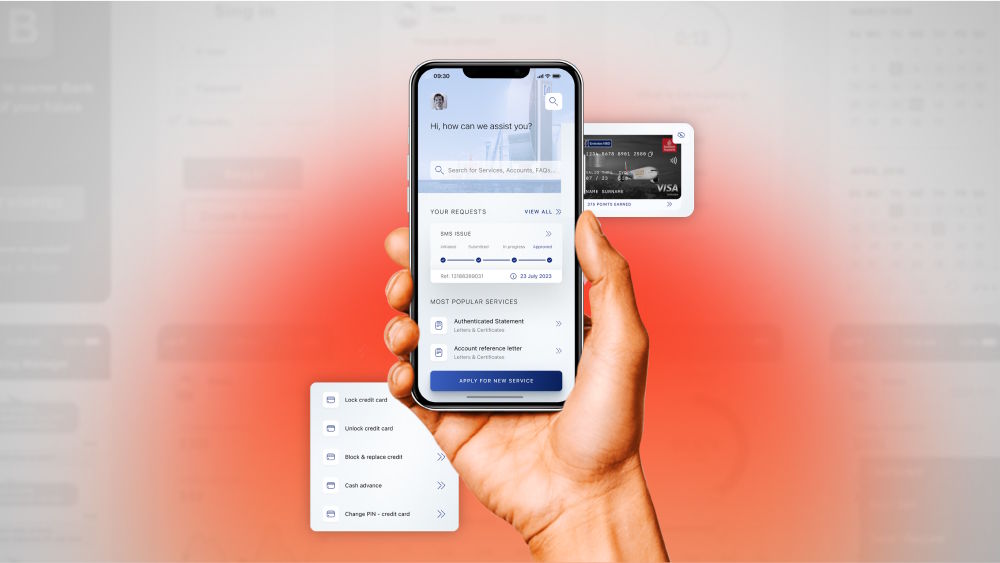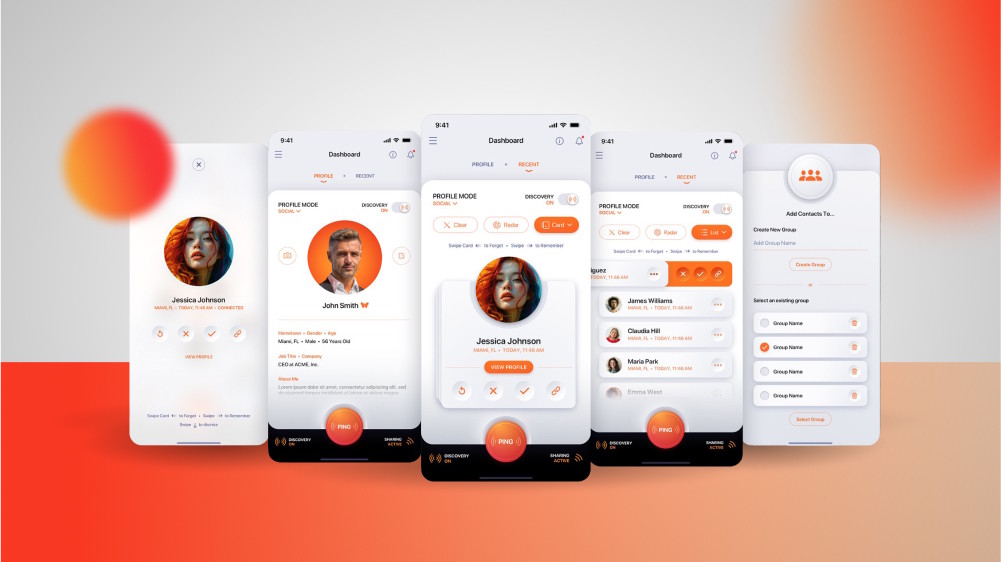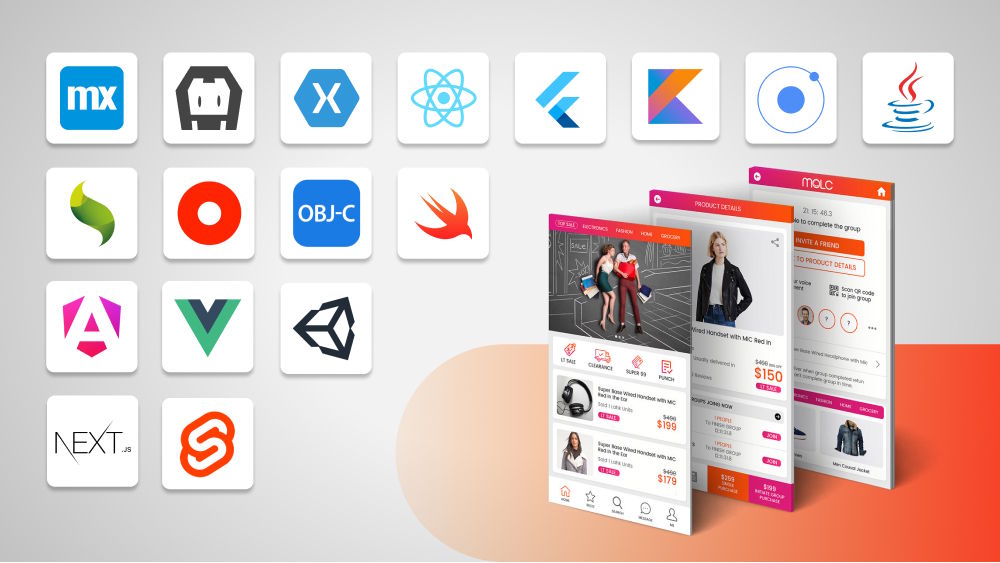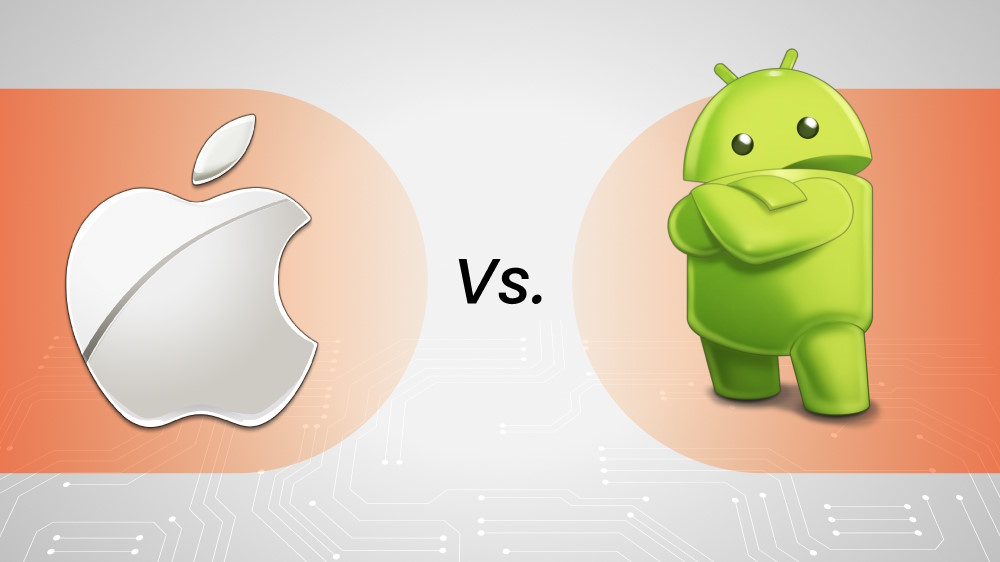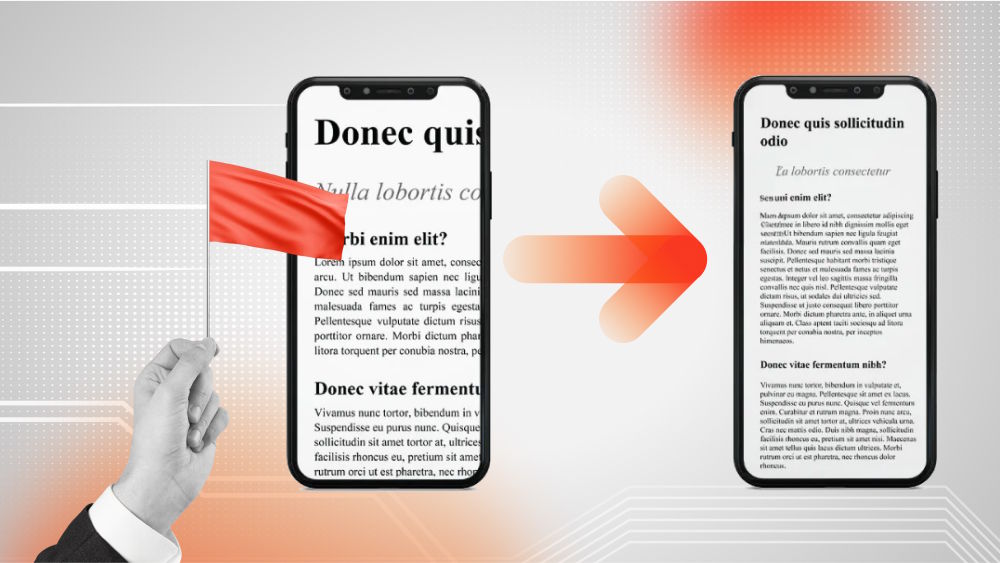
What Goes into a Mobile App Development Cost Estimate?

Content Map
More chaptersUnderstanding the cost of your mobile app development project is vital to staying within budget while still receiving a quality product. Unfortunately, failing to plan, scope creep, and poor vendor selection can lead to delays and overspending. Crunching the numbers before you hire a developer can help streamline the journey and keep more money in your pocket.
You will learn what goes into a mobile app development cost breakdown and how to choose the right software development team.
Key Takeaways:
- Mobile app development costs often vary based on your project’s complexity and the type of developers you hire.
- Hybrid apps tend to be cheaper to develop than native apps, as there is only one source code to maintain.
- Most reputable software development companies offer free consultations to help you better understand the total cost of your project.
What Is a Mobile App Development Cost Estimate?

A mobile app development cost estimate is the potential price you pay to receive a professionally built mobile app. This estimate is calculated by the app development company/vendor, who – after an initial discovery meeting – considers your project requirements to determine the time and cost needed to bring your vision to life. If you wish to proceed, the vendor will prepare a more comprehensive price breakdown, which will be closer to the final project cost.
Depending on the vendor’s pricing structure, you may be expected to pay in milestones. Under this model, each milestone represents a phase of the software development lifecycle and accounts for a percentage of the total project cost. For example, the design phase may account for 20% of the total project cost, while the development phase may account for 50% of the total project cost. As the software development team completes each milestone, you then pay the associated milestone fee.
Ideally, the price you see on paper should be what you pay in the end. However, major scope changes may necessitate a new budget and timeline, so it’s best to solidify the scale and complexity of your app early. Of course, an agile software development team should welcome continuous feedback, where you can review work-in-progress and suggest changes.
What Factors Impact the Mobile App Development Cost Estimate?

There are multiple factors that influence the cost of developing a mobile app. These include but are not limited to app complexity, design, platform, and developer type. Let us explore these factors in greater detail.
App Complexity
The main factors that influence app complexity are the number of screens (pages), features, and platforms. The more of these qualities that your app has, the longer and more expensive it will be to develop. Depending on the complexity of your project and mobile app development process, your mobile app may fall under one of the three following categories:
Basic App
Basic apps have about 3-4 screens, basic features, and support for one platform. The most common features you will see in a basic app are search functionality, account sign-up, contact forms, and instant messaging capabilities. Basic apps typically launch on one platform, either Android or iOS, but they may also launch on multiple platforms simultaneously as a hybrid app.
Simple App
Simple apps are a bit more complicated than basic apps, with more screens, features, and support for multiple platforms. They may have custom UI elements to elevate brand recognition and more complex data storage requirements, such as on-premises and cloud storage (with daily automated cloud backups).
Simple apps may also contain more application programming interface (API) connections for third-party integrations. For example, an API for Google Maps integration, and another API for online checkouts and payment processing.
Complex App
Complex apps typically have ten or more screens and features, along with multi-platform support. They may leverage native app capabilities, such as a device’s camera, GPS, or microphone. By utilizing a device’s native features, complex apps allow users to take video calls, upload photos, track deliveries, and record audio.
App Design

No matter how much effort you put into the preparation stage, changes happen. You may discover a new pain point the app can solve, a new feature to add, or a new demographic to target.
Whatever the reason, the potential for change is constantly looming in the shadows, and while reputable mobile app developers are open to changes in scope, too many modifications (otherwise known as “scope creep”) can steer the software development lifecycle off course.
To overcome the problem of scope creep, many developers conduct sketching during the design phase. This step involves establishing the screen layouts, designs, and UI elements before the code-writing process begins. To do this, the team prepares wireframes, which are two-dimensional sketches that represent what the app will look like and how the app will work. Wireframes help the product owner and client determine the content hierarchy, possible user actions, use of white space, and page transitions.
What do wireframes have to do with your mobile app development cost estimate? The larger and more complex your mobile app, the longer and more costly it will be to design. However, by nailing the final design of your app early, it will help reduce the number of unnecessary changes later.
Choice of Platform
Your mobile app maintenance and development costs vary based on the number of platforms you develop. The two primary mobile platforms are Android by Google and iOS by Apple, while Huawei by HarmonyOS is also gaining traction. Depending on your choice of platform/s, your mobile app may fall under the following categories:
Native App
Native apps are developed using specific programming languages and for specific devices and operating systems. Most native Android apps are developed in the programming languages Java and Kotlin, while most native iOS apps are developed in Swift.
By developing a native app, you can take full advantage of a device’s and operating system’s capabilities, which helps ensure the best possible performance, security, and overall user experience. Many platform-specific features come preloaded, which helps reduce the app’s processing time.
However, you can only use one source code to run one version of your mobile app. That means you will have to migrate your source code to React Native or a similar hybrid programming language to deploy the same app elsewhere.
Hybrid App
Hybrid apps are developed using specific programming languages that allow one source code to be deployed on multiple platforms simultaneously. Developers use web technologies like HTML, CSS, and JavaScript to build the app and then wrap it in a native shell to deploy on the desired platform.
This means you can deploy a hybrid app to virtually any mobile or web environment with minimal code changes between each version. While this approach helps slash development time and costs, you do lose access to native performance, security, and other hardware and software capabilities.
Native Vs. Hybrid Cost Comparison
Generally, native apps have a longer, more expensive development cycle than hybrid apps. Since native source code is specific to one platform, it can interact with native features and capabilities that hybrid code typically does not. As a result, the time spent on writing and testing the code is longer.
Hybrid apps, on the other hand, are easier to develop and maintain as they do not use native capabilities. Furthermore, developers only have to maintain one source code for multiple software versions, further saving time and labor costs. Developers can even use the same source code to deploy web-based versions of existing applications.
How to Choose the Right Software Development Team

Your choice of software development team has a significant impact on your mobile app development for business costs. Here are the many factors to consider when hiring a software development team.
Developer Type
Do you want to assemble a team of freelancers? Or would you rather outsource to established app development teams? There are pros and cons to both approaches. Here are the different factors to consider.
Pros of hiring freelancers
- Direct access to developers – You can communicate directly with the people working on your project. When you hire a company, you typically liaise with a project manager and possibly a few developers.
- Greater control – As the employer, you are responsible for determining the direction, budget, and timeline of your project.
Cons of hiring freelancers
- Higher hourly rates – Freelancers have the freedom to set their own hourly and project rates. Depending on their region and specialist skills, freelancers may be more expensive than an established software development company.
- Potential conflict – If your project requires hiring multiple freelancers, there is no guarantee they will work well together as a team.
- Greater responsibility – As the employer, you are responsible for managing your software development project, which means less time to focus on your core duties.
Pros of software development teams
- Established team – Software development companies already have an established team of mobile app developers with years of experience and successful projects. At Orient Software, we have over 350 well-trained and experienced IT experts with expertise in mobile application development, artificial intelligence, and heaps more.
- Dedicated project manager – Project managers take care of every aspect of the software delivery pipeline for you, from team management and payroll to sharing progress updates.
- Proven methodologies – Established companies use proven methodologies like Agile to ensure projects are delivered on schedule and within budget. Agile also promotes continuous feedback, where you receive frequent updates and can request changes.
- Post-launch maintenance – Aside from developing and deploying software, software development companies can also provide post-launch maintenance. They can create custom roadmaps to ensure timely updates and quality-of-life improvements. Plus, they can even add new features and modify or decommission existing features.
Cons of software development teams
- Less control – When working with a software development team, you will typically liaise with a project manager, who will then share your feedback and instructions with the rest of the team.
- It may be expensive for small-scale mobile apps – If you want to develop a simple app with few features, the cost of hiring a software development company may outweigh the cost of hiring a freelancer.
Geographic location
The location of your software development team will also factor into your mobile app development cost estimate. The experience of hiring a developer in Vietnam is very different from hiring a developer in the United States.
If you are hiring remotely, then you will encounter different estimates based on a country’s economic status. For example, the base pay range of a software developer in the United States is around $78k per year, and the base pay range of a software developer in Vietnam is between 169m and to 342m per year.
However, if you are hiring locally, you can expect limited access to specialist talent and higher rates of pay than in certain parts of the world. Ideally, you should aim to choose a provider that has the relevant skills and experience to complete your project and the ability to communicate clearly.
Understanding Your Mobile App Development Costs

The best way to understand the true cost of your mobile app development project is to request a consultation.
Most app development companies offer free, no-obligation price estimates. This means you can learn about the company, ask about their skills and experience, and determine if the prices and services they offer match your budget and needs.
At Orient Software, we take the time to understand your needs and give you an honest estimate. There is no obligation to accept the offer you receive. You can ask as many questions as you like until you are satisfied.
Contact us today and see how our mobile app developers can bring your ideas to life.

